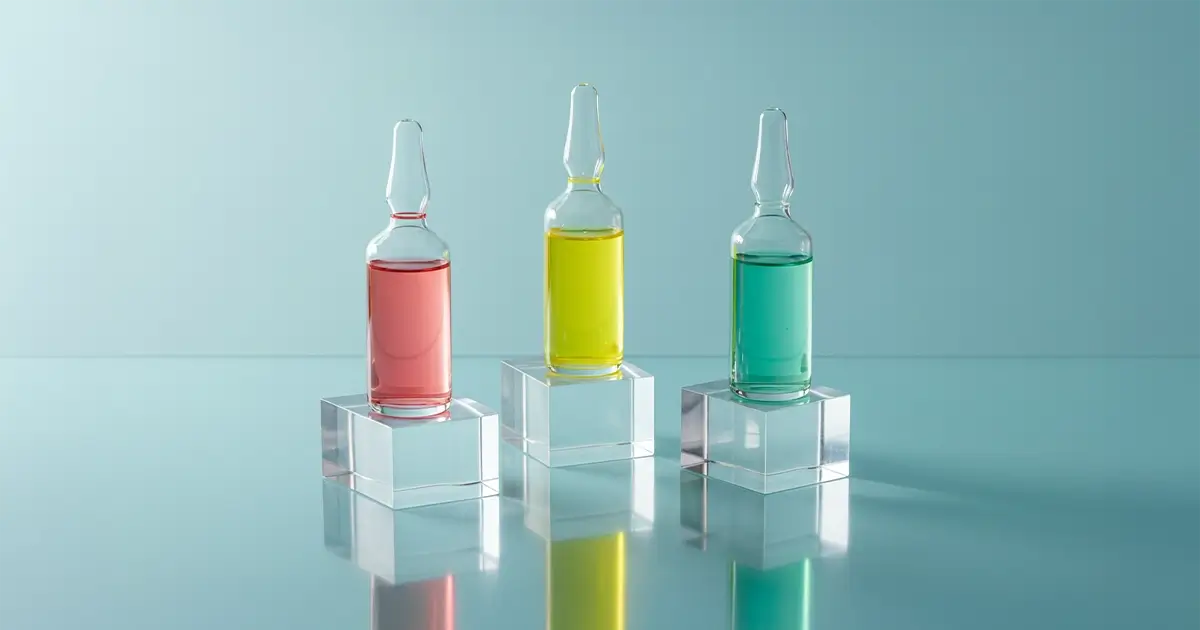Feeling lost in the alphabet soup of chemical exfoliation? I will walk you through AHA, BHA, and PHA in plain English, flag the sneaky pitfalls, and share a routine that treats your skin like royalty, not sandpaper. Eight-minute read.
Why We Exfoliate in the First Place
Your skin naturally sheds dead cells, yet stress, pollution, and age slow the process. When old cells linger, everything looks dull and skincare ingredients struggle to get in. Think of exfoliation as gently sweeping the front porch so fresh deliveries arrive without tripping over clutter.
Physical scrubs can feel satisfying, but over time they create micro-tears. Chemical exfoliants dissolve adhesive bonds instead, giving smoother, more even texture without scratchy beads. A review in the Journal of the American Academy of Dermatology confirms that properly formulated acids increase hydration and stimulate collagen when used at the right pH here.
The catch: stronger is not always better. Excess exfoliation strips the barrier and invites irritation. Our goal is the sweet spot where skin renews at a healthy clip, redness stays away, and your favourite serum glides on without drama.
Meet the Acids: Tiny Molecules, Big Personalities
Alpha Hydroxy Acids (AHA)
Glycolic, lactic, and mandelic acid belong here. They are water-loving molecules that loosen surface bonds, fade dark marks, and boost plumpness. Harvard Health Publishing notes that glycolic acid's small size lets it dive deep, so beginners should choose lower percentages until skin adapts.
AHAs perform best on dry or mature complexions craving glow and even tone. Use at night, add sunscreen by day, and schedule at least one "acid vacation" weekly so your barrier breathes.
Beta Hydroxy Acid (BHA)
Salicylic acid gets VIP status for oily and acne-prone skin. Unlike AHAs, it is oil-soluble, meaning it slips into pores to unclog sebum and help calm inflammation. The Mayo Clinic lists salicylic acid among first-line treatments for comedonal acne because it clears plugs without abrasive friction.
BHA also exfoliates on the surface, but its pore-deep action makes it a smart pre-shave tonic or T-zone mask. If everything else melts off by noon, BHA may be your new afternoon hero.
Polyhydroxy Acids (PHA)
Gluconolactone and lactobionic acid look bulky under a microscope, and that size is their superpower. They work similarly to AHAs yet penetrate slowly, producing minimal stinging. A controlled trial comparing 10 percent PHA with 8 percent glycolic acid reported equal smoothness and better tolerance PubMed.
PHAs double as humectants, drawing water to the skin. Sensitive, redness-prone, or post-procedure faces often prefer them. They are also compatible with retinoids, turning potential frenemy status into a happy alliance.
Choosing the Right Acid for Your Skin Type
No single product suits everyone, so grab a mirror and answer three questions: How oily am I by lunchtime, how visible are my pores, and do I flush easily after hot showers? Honest answers guide the next move.
Dry or mature skin: Start with 5 percent lactic acid two nights weekly. Lactic's larger molecule offers hydration with lower sting. Pair it with a ceramide cream and add an antioxidant like vitamin C on alternate mornings.
Oily or blemish-prone skin: A 2 percent salicylic toner every other night keeps pores clear. If stubborn bumps remain, layer a clay mask once a week. Remember to follow with an oil-free moisturiser - yes, you still need one.
Sensitised or rosacea-leaning skin: Reach for PHA pads. Apply on damp skin, then buffer with a light gel containing panthenol. Monitor for warmth; if you feel more than a mild tingle, rinse and try again in a few days.
Building a Gentle Exfoliation Routine
Now, here is the fun part: scheduling acids without turning your face into a chemistry experiment. I like a "rule of twos" for beginners - two nights of acid, two nights of recovery serum, then see how you feel. Adjust frequency before touching concentration.
Apply acids after cleansing and before heavier serums. Pat skin dry, wait one minute, then swipe or press the product evenly. If layering, give each step a full cup of coffee's worth of time - just kidding, thirty seconds is fine - to avoid dilution.
Barrier support makes or breaks success. Keep a fragrance-free moisturiser on standby, and on mascara-only days consider an occlusive balm at night. On weekends, treat yourself to a sheet mask infused with centella asiatica for bonus calm.
Potential Pitfalls and How to Dodge Them
The "tingle equals working" myth: Mild warmth is normal, burning is not. If redness lasts longer than an hour, scale back. Your skin is a living organ, not a stubborn stain on the sink.
Product stacking frenzy: Retinoid Tuesday, vitamin C Wednesday, peel Thursday sounds exciting until your moisture barrier waves a white flag. Space out actives and lean on hydrating toners between power players. One study in Dermatologic Therapy shows that glycerin and ceramide blends cut transepidermal water loss by nearly 30 percent after four weeks - cheap insurance against over-exfoliation.
Sun neglect: All acids increase photosensitivity. Daily SPF 50 is non-negotiable. My earlier deep dive on sun care breaks it down, so bookmark it for pool-day scrolls.
Timing Acid Use with Other Actives
Acids and retinoids can coexist, yet beginners should alternate nights to reduce cumulative irritation. Vitamin C pairs well in the morning because its antioxidant punch shields freshly exfoliated skin from free radicals.
Niacinamide calms potential redness, so slot it in a lightweight serum after an acid session. If irritation still appears, consider switching to PHA or lowering frequency rather than slathering more products.
Peptides, hyaluronic acid, and panthenol remain universally friendly. Feel free to layer them immediately after acids for hydration. For a complete hydration strategy, peek at my post on hyaluronic acid layering and steal the sandwiching trick.
FAQ
How often should I use AHA if I am a beginner?
Start with once or twice a week at night, then increase slowly if your skin feels comfortable and no prolonged redness appears.
Can I combine salicylic acid with benzoyl peroxide?
You can, but alternate days are kinder to the barrier. Using them together risks excessive dryness, which can rebound into more oil production.
Is PHA safe during pregnancy?
Current research shows PHAs are less penetrative and generally considered safe, but always clear any new product with your healthcare provider first.
Do I need to neutralise at-home acids?
Most store-bought formulas are self-neutralising; simply rinse after directed time if it is a mask, or leave-on if the label says so.
Why does my skin purge after starting BHA?
Purging happens when clogged pores clear faster, bringing hidden bumps to the surface. It usually resolves within a month; persistent new breakouts may signal irritation, not purge.
Conclusion
AHA smooths and brightens, BHA dives into pores, and PHA pampers sensitive souls. Picking the right one hinges on your skin's oil level, tolerance, and goals. Patience, protective moisturisers, and sunscreen turn these acids from potential foes into trusted allies.
Have questions or favourite acid combinations? Drop them below. See you in the next post - until then, take good care of your skin!


Comments (0)
No comments yet - be the first to share your thoughts!
Leave a Reply
Your email address will not be published. Required fields are marked *